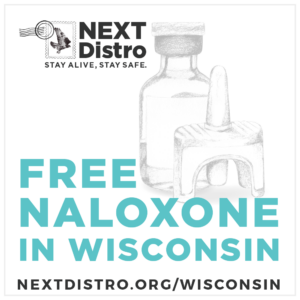Opiate Use Disorders
Signs & Symptoms
Opiates include prescription pain medication such as methadone, hydrocodone, codeine, morphine, Demerol, Dilaudid, fentanyl, and the illicit drug of heroin. Opiates can be taken in pill form, applied through the skin on a medication patch, smoked, snorted, or injected.
The list below includes just some of the possible signs and symptoms of opiate use, although opiate use can have varied effects. Sometimes, changes in appearance or aspects of an individual’s personality will take time to recognize by others when opiates are being used and other times, these changes may be almost immediately recognizable.
- Seeing several doctors, or doctor shopping to get the desired prescriptions
- Needing a refill of prescribed opiates long before the medication should be out
- Shifting or dramatically changing moods, mood swings
- Irritability and agitation
- Social isolation or withdrawal
- Intermittent nodding off or marked drowsiness
- Track or needle marks
A trained substance use disorder professional should evaluate the person and make the diagnosis.
Opiate Substance Abuse Treatment Options
People can and do recovery from opiate use disorders. For many, this requires engagement in some type of substance abuse treatment to help them enter into early recovery in order to learn life long disease management skills, along with the use of medication-assisted therapy.
Substance abuse treatment for an opiate use disorder should always take into consideration the severity of the disorder, physical and mental health needs, readiness to change, and history of past treatment attempts.
The first element to consider is the need for a medical detoxification program. It is important to understand that “detox” is not a treatment program. Instead, it is the medical management of withdrawal symptoms. This is critical for two reasons – 1) Withdrawal from opiates, although not life-threatening, can be physically and mentally uncomfortable, and 2) Successful completion of detox gives a person the opportunity to be able to better engage in a treatment program. A substance abuse professional can screen symptoms to determine if a referral to a medical detox program may be necessary. If someone is experiencing withdrawal symptoms, we always encourage immediate medical attention.
The next step is admission into a treatment program. There are several different levels of care – residential, day treatment, or outpatient. An assessment conducted by a substance abuse professional can make a recommendation as to which level of care may best meet an individual’s needs.
Within the substance abuse treatment program, evidence-based approaches should be used. Evidence-based approaches mean the treatments provided have been researched and there is evidence the treatment works.
A common treatment approach for opiate addiction is a combination of medication-assisted therapy and engagement in a structured treatment program. Medications that are used to replace or block opiates and reduce cravings are methadone, naltrexone, and Suboxone (naltrexone and buprenorphine).
The substance abuse treatment program may include evidence-based approaches such as cognitive-behavioral therapy (CBT), contingency management, and motivational interviewing (MI). Traditional 12 step work is also a common approach. Many treatment programs – including Arbor Place – give clients exposure to what it means to work a 12 step program and how AA / NA meetings can help build a person’s recovery support network. Often, these are vital components of successful lifelong recovery programs.
Treatment for an opiate use disorder should always take into consideration the severity of the disorder, physical and mental health needs, readiness to change, and history of past treatment attempts.
At Arbor Place, we have professionals who can work with you to treat opiate addiction. Don’t wait – things can get better.
Opiate Overdose
An overdose from opiates can be life threatening. The sobering reality is each day, 44 americans lose their life due to an opiate overdose. Most commonly, overdoses are from the use of methadone, oxycodone, and hydrocodone.
The following are signs of an overdose from opiates:
- Loss of consciousness
- Unresponsive to outside stimulus
- Awake, but unable to talk
- Breathing is very slow and shallow, erratic, or has stopped
- For lighter skinned people, the skin tone turns bluish purple, for darker skinned people, it turns grayish or ashen.
- Choking sounds, or a snore-like gurgling noise (sometimes called the “death rattle”)
- Vomiting
- Body is very limp
- Face is very pale or clammy
- Fingernails and lips turn blue or purplish black
- Pulse (heartbeat) is slow, erratic, or not there at all
It is rare that someone will die immediately from an overdose. There is a window of time that life saving steps can be taken to reverse the effects of the overdose. It is important to call for emergency help right away. Police or the emergency responders can administer a medication called Naloxone to save a life.


